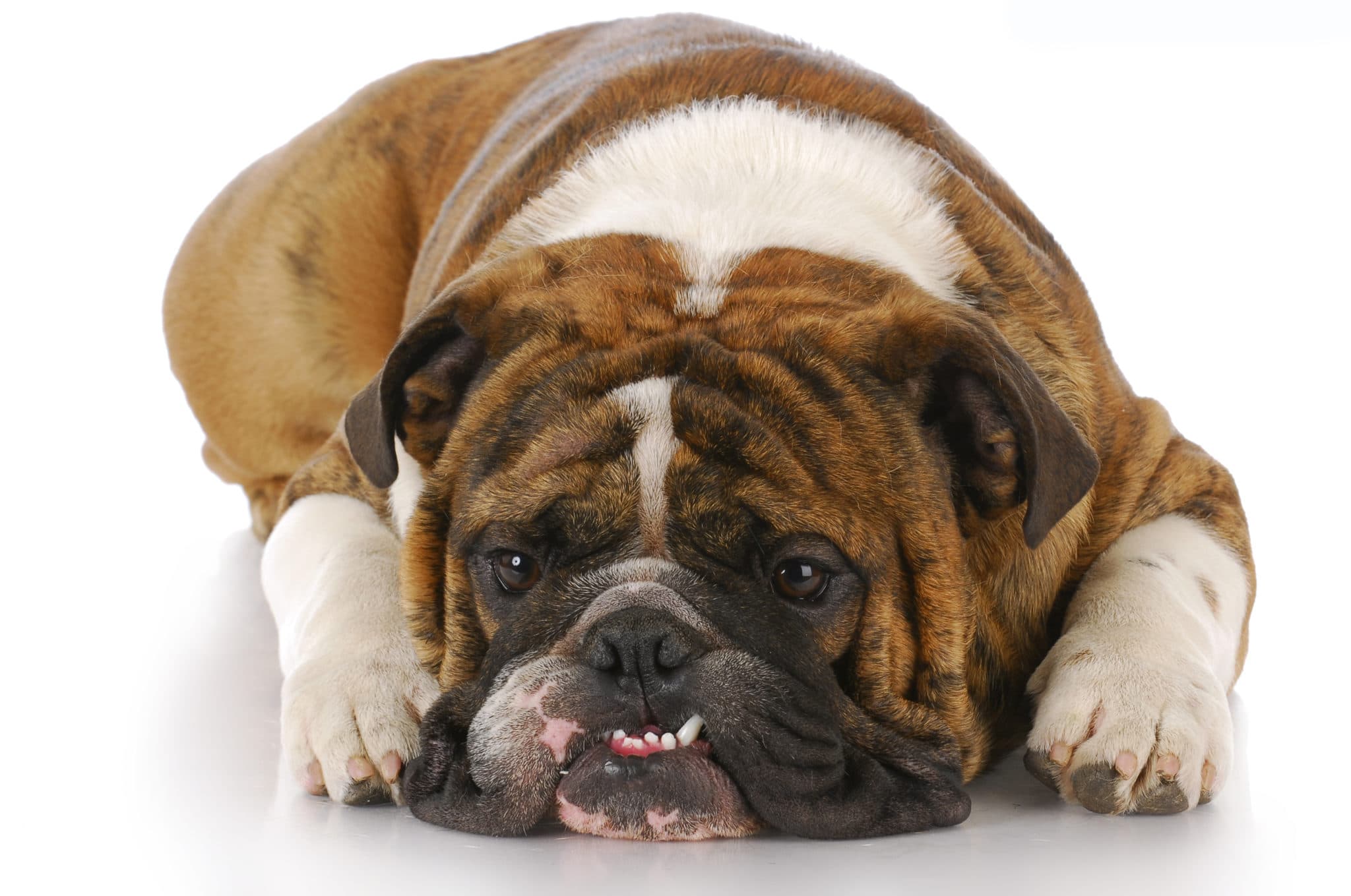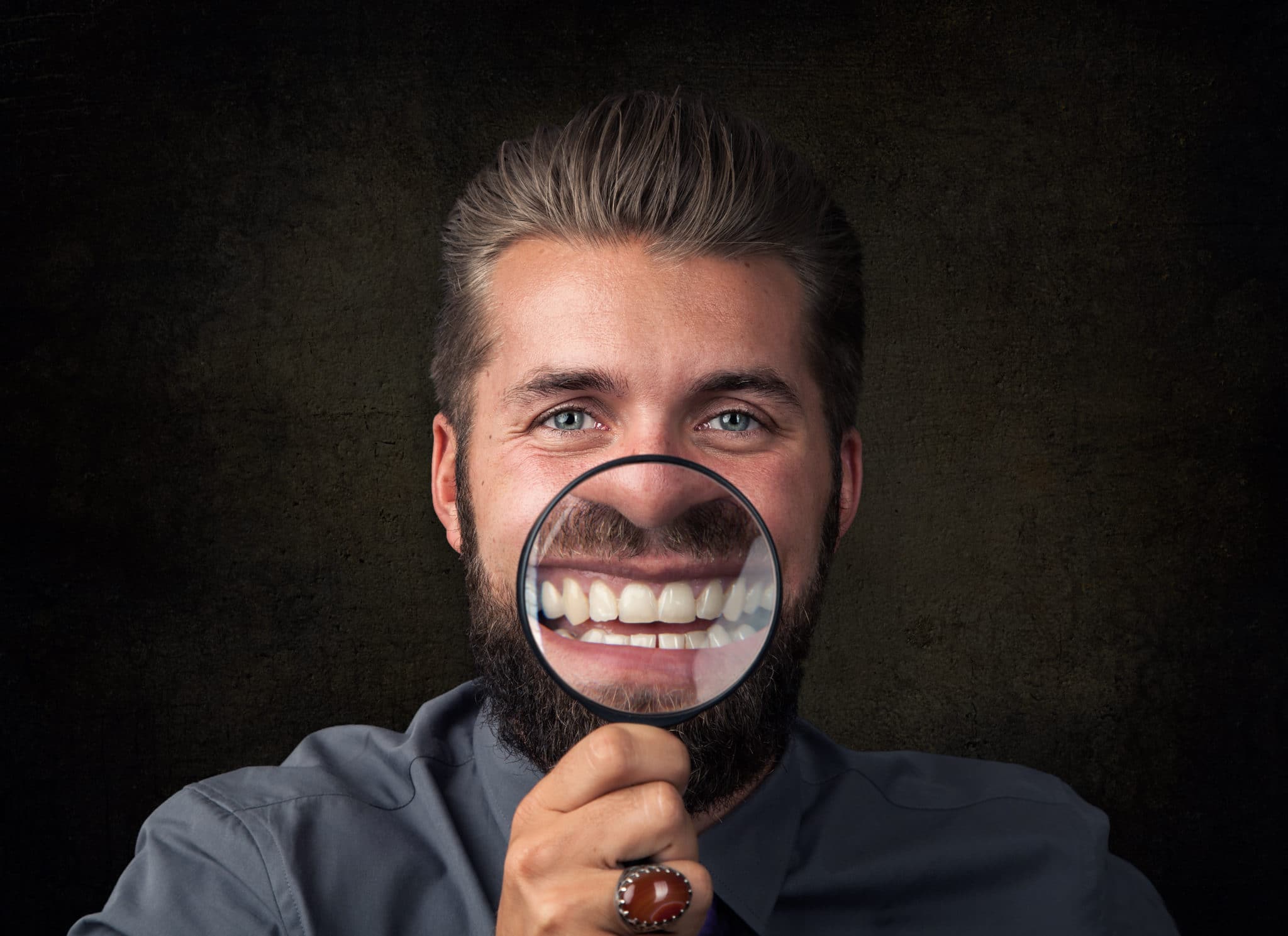Crooked teeth are a common dental complaint. Studies estimate that over half of all children seek treatment for crooked teeth. And it doesn’t stop there. With additional growth after braces, wisdom teeth eruption, and habits we develop in adulthood, the teeth can relapse and become crooked again as an adult.
In this article, we will focus on changes that commonly cause crooked teeth after braces. We’ll answer the questions do wisdom teeth cause crooked teeth, do the teeth move after wisdom teeth, and what factors cause crooked teeth in adults.
Can Wisdom Teeth Cause Crooked Teeth?
The studies on whether wisdom teeth cause teeth crowding have been contradictory back and forth for decades. However, that may be misleading because it’s impossible for studies to control all variables effectively over the length of time that teeth erupt.
The reality is that the cause of teeth crowding is quite simple. It’s a matter of, is there enough space in the mouth for the number of teeth present?
If the length of the teeth is longer than the length of the jaw, then the teeth need to crowd together to fit.
Teeth are like a crowded subway car. Yes, more people can get on the car, but it’s at the expense of shifting the people already on-board tighter within the space.
The wisdom teeth erupt into the mouth in the late teen years. That’s approximately 5 years after the rest of the teeth. Sometimes the wisdom teeth come in at odd angles, and sometimes they come in straight. All of that does increase risk of issues, but either way, it’s the same concept for any tooth that is erupting.
It all comes down to one question. Is there enough space for the erupting tooth?
If there isn’t enough space and the tooth manages to push up through the gums, the patient’s probably going to end up with shifting and crowding.
Do Teeth Move Back After Wisdom Teeth Extraction?
This one is a common question. People that have crooked teeth often wonder if their teeth will move back if they get their wisdom teeth out. That would be nice, but unfortunately, that’s not how it works.
Teeth are simple creatures. Teeth move when force is applied to them.
If there isn’t any force on the teeth, then they generally won’t move on their own. Therefore, if you take out your wisdom teeth, it might be great for other health reasons, but crooked teeth won’t magically align by moving backwards into the space.
However, I say that with a caveat. Although the teeth won’t align on their own, a common technique is to remove the wisdom teeth prior to orthodontics. Braces or clear aligners can more effectively align the teeth without the wisdom teeth.
Thus if you’re considering correcting crooked teeth, its usually a good idea to remove your wisdom teeth first if the space is limited around them. For adult orthodontics, remove wisdom teeth before orthodontics. Not the other way around.
External forces that Cause Crooked Teeth: TMJ, Bruxism, Frenums, and Habits
We talked about teeth moving from force. It’s simple that.
The teeth move away from a push force and toward a pull force. The teeth don’t know about alignment or about pretty smiles. They only care about force.
Okay not that you got that, let’s talk about the bite. When you open and close, it would be ideal if the teeth closed perfectly with even force. But in reality, that’s not what usually happens. When we bite together some teeth may contact harder than others. The teeth that are hitting with more force have the propensity to move. Its a natural response to even the pressure out, even if it’s out of alignment.
And that’s considering just normal opening and closing. What about if you were to clench and grind? The sideways grinding or forward and back motion also adds additional forces to the teeth. Someone that clenches and grinds often essentially is applying a rocking motion. That force can cause shifting.
If you have common habits like biting your fingernails or chewing on pens frequently, that’s also producing uneven force on the teeth that could cause shifting over time.
And finally, the teeth are also within the frame of the rest of the body. The lips and cheeks all function around the teeth as we smile and chew. There are small tendons that attach to the gums next to the teeth. These tendons are called frenums. The frenums tether our lips and cheeks downward. But in doing so they create a pulling force on the gums around the teeth when we smile. That force can also cause shifting of the teeth, usually in a splaying position.
Common Pitfalls that Cause Crooked Teeth

If you had orthodontics and your teeth shifted, it all comes down to the retainers.
Here’s the reality. Most children that go through orthodontics at a young age end up with straight teeth. And they stay straight for a while.
But then in their late teen years, inevitably something happens. They lose their retainer.
And maybe they are off at college at the time, away at the military, or just don’t have time to see their orthodontist in time. It’s a complex time in life. Therefore, young adulthood is a common timeframe of orthodontic relapse that we see time and time again. So keep the retainer in a safe place.
Do you want to know another common pitfall that causes crooked teeth?
Pets
As loveable as they are, pets are big culprits for chewing retainers. After all, we leave retainers out on countertops and to a pet that’s like leaving out food. The retainer ends up chewed, usually at the most inconvenient time, and of course, enough time passes and the teeth shift.
So beware of these two common pitfalls to prevent relapse after braces or clear aligners.
Crooked teeth: The Bottom Line
The bottom line is that for better or worse, the teeth are dynamic. Crooked teeth can be improved by the same principles that cause it in the first place.
But if we don’t maintain alignment with retainers, there are forces which cause the teeth to slowly drift over time.
So the bottom line is that maintaining aligned teeth is as simple as wearing a retainer consistently at night while you sleep for a long period of time.


